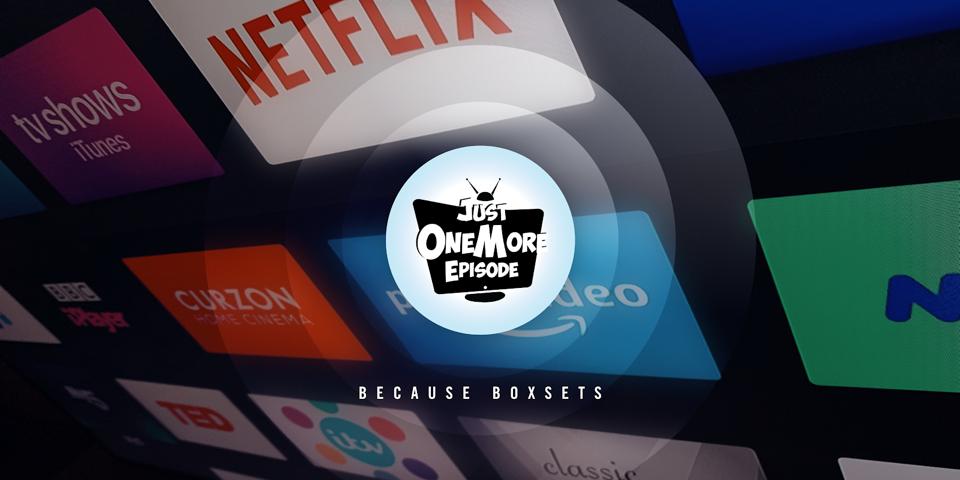So, advertising, then.
It’s a pretty big part of modern life.
It’s the industry I pretend to work in (I really do have a job in it,
but my contribution mostly boils down to titting about). Outside of the BBC, it has historically been the necessary
evil that has funded content. Without
content, there are no boxsets, and without boxsets, this whole blog would just be me
revealing inappropriate and banal childhood memories. But I also hate it. I don’t read freesheets or listen to commercial
radio, but I do watch TV. My version of
watching TV, however, is setting the Sky
Plus so I can fast forward all the ads.
Or I pick shows from Netflix
and Amazon
in order to keep up with office conversation (though this also includes half an
hour or more of agonising over what to begin watching, checking the various
trailers over and over until I’ve totally run out of time and have to go to
bed). This Christmas, however, when
summoned to spend the enforced festivities at my parents’, I realised some
people still watch linear TV, checking in the Radio Times for when things are on,
debating scheduling clashes until they compromise on watching bits of most things
but never all of one (unless it’s Call
The Midwife – not a moment was missed of that horrendous tat), rushing
meals to catch the start of a show and then sitting through all the advert
breaks in full. On average, there are
three minutes of ads ever quarter of an hour.
In short, Christmas, for me, was watching the same DFS
ad over and over.
“Right, let’s make a show about advertising,” said someone
at AMC apparently. But this wasn’t going to be a show that went
behind the scenes on the ScS
double discount savings shoot (sale starts 9am Boxing Day). It was to be about the early days of
advertising. In fact, relatively
speaking, these were still the early days of consumerism. Because mass production and consumption were
new, they were also sexy. If you follow,
all new things are sexy, then they just become things, and then they are things
that we are tired with and want to move on from, and then, when they have been
out of our lives long enough for us to miss them, they are nostalgic, and we
want them back and want them to forgive us for ever growing tired of them (see
my post on Friends).
Thus, we are onto Mad Men. It might, technically, be a show about working
in an office, but it’s one of the sexiest boxsets you can get your teeth into. But the sexiness doesn’t come from the usual
sources: hot cast, wearing not much, engaged in storylines that involve them
getting off with each other (though there is plenty of all of that too). Instead, the show perfectly captures the
sexiness of the times, when so much was new.
1960s New York was the throbbing heart of a brave new world. The show is at its best when pitching the
values of past times against a revolutionary regime. But this is not our modern outlook being
catered to. Mad Men does not meekly give
us what we want as a twenty-first century audience, it wrong-foots us repeatedly
with its characters’ 1960s mind-sets. We
cannot understand their behaviour because we are of a different time. This asks so much more of the viewer than
something like Downton Abbey that gives us only
what we find easy to accept.
This is Mad Men’s appeal.
It is for the discerning. It
makes no concessions. Remember that old
man character from two seasons ago?
Neither do I, but he’s back, and what he did last time is important. Keep up, stupid! If you like finishing one episode and going
on to the next to see how a situation was cleared up, Mad Men will only
disappoint. It simply moves on to what
it finds interesting. Fill the gaps in
yourself, you idiot! Finally, if you
need clear cut directions on which characters to root for, then turn away
now. From Don Draper himself, to Peggy Olson
and the rest, each cast member does terrible things for terrible reasons (and
they all never stop smoking or drinking).
You’ll be so conflicted you won’t be able to resist the next episode. Guess what, people are complex!
Importantly though, the viewer goes on a journey with these
characters across the show’s seven series.
You’ll also be willing their actual fictional advertising firm to do
well. There is a massive distance
between where they and it start, and where things end up. Along the way, you’ll only get glimpses, but
that will be enough. The perfect
stylisation helps you to forgive the show its challenges.
Selling a product is selling a dream. Buy this thing and your life will be
better. Your dreams will come true. Seeing the characters launch into these sorts
of pitches in the many fantastic boardroom scenes throughout the episodes is
the only time you will hear script clichés.
Otherwise there is not one lazy exchange in the dialogue. It all fizzes in just the right way. And if they’re not talking, they’re giving
knowing looks (which nobody does better than Christina Hendricks’
Joan).
No other industry tries to make the humdrum of everyday life
into an aspiration. I have no point of reference,
but I’m sure no other show makes working in a 1960s office so glamorous. Even with their sharply tailored suits and
outfits, the coiffured hair, the (sometimes) impeccable manners and social
graces and their (initially) idyllic marriages, however, we are left in no
doubt that these people will never be happy.
And in that way, their 1960s fantasy seems entirely relatable.















